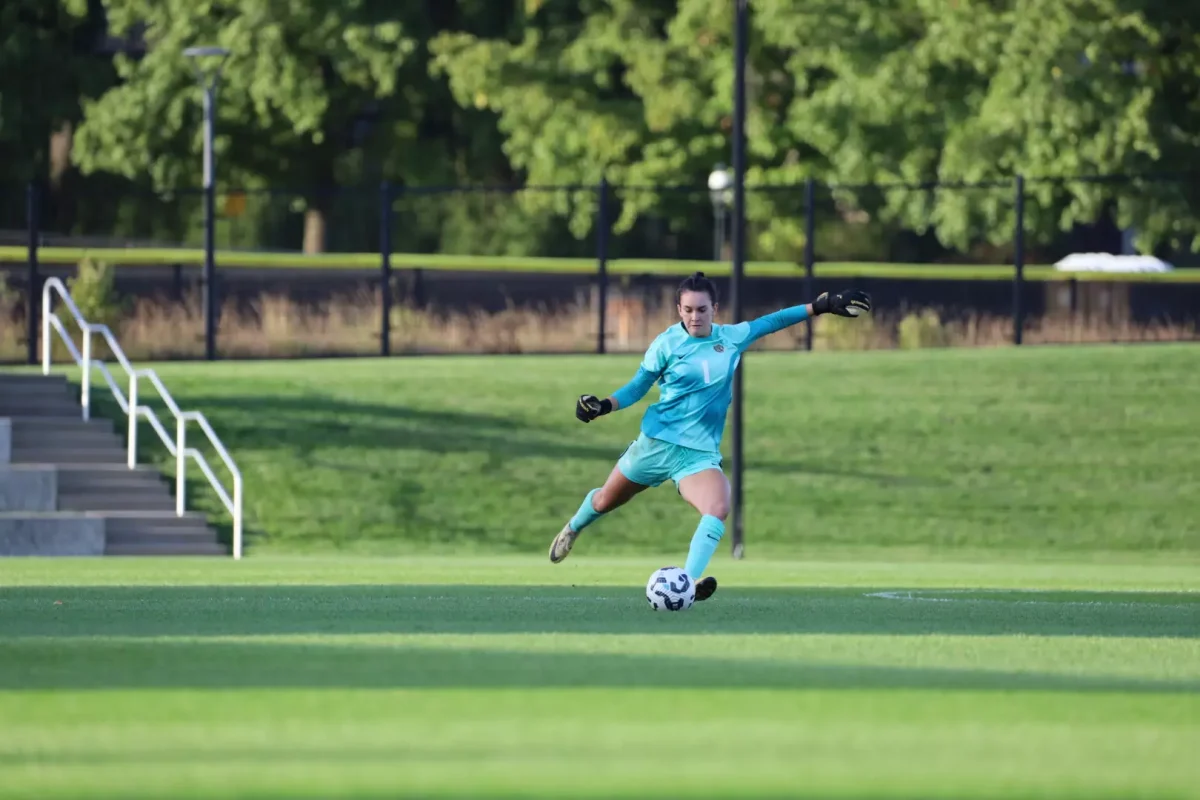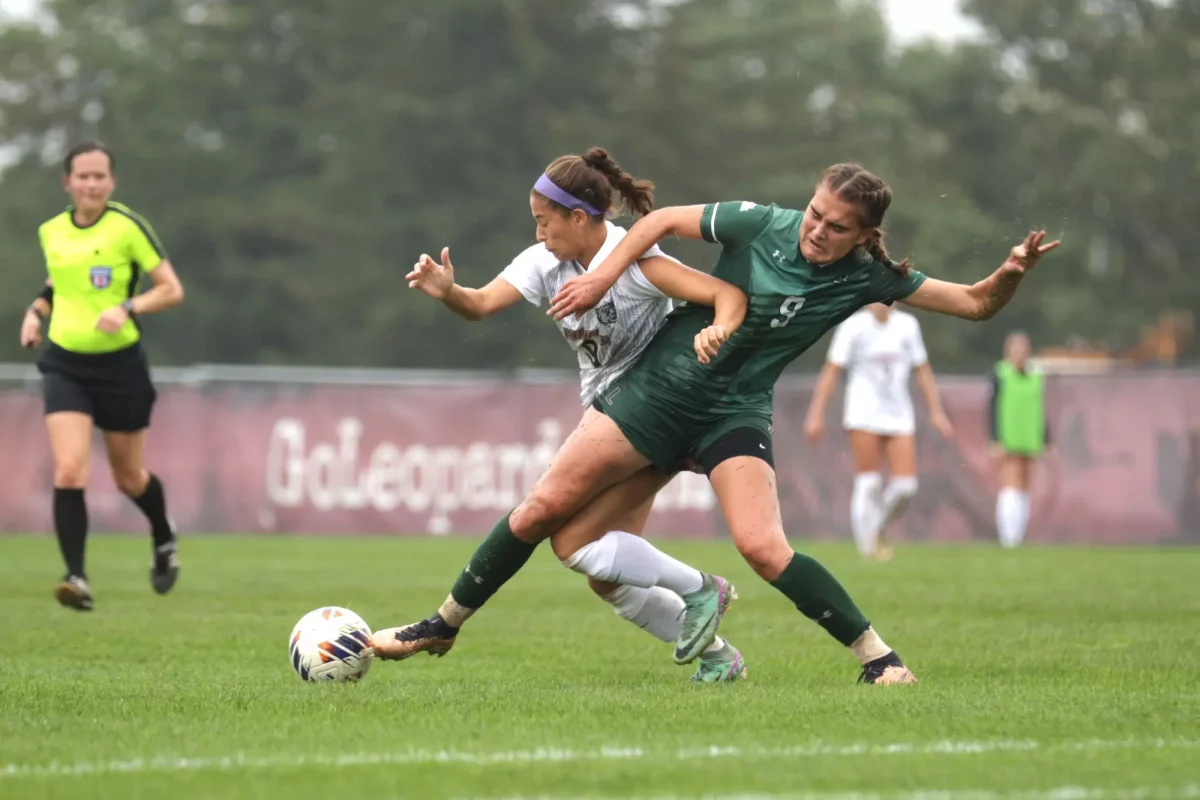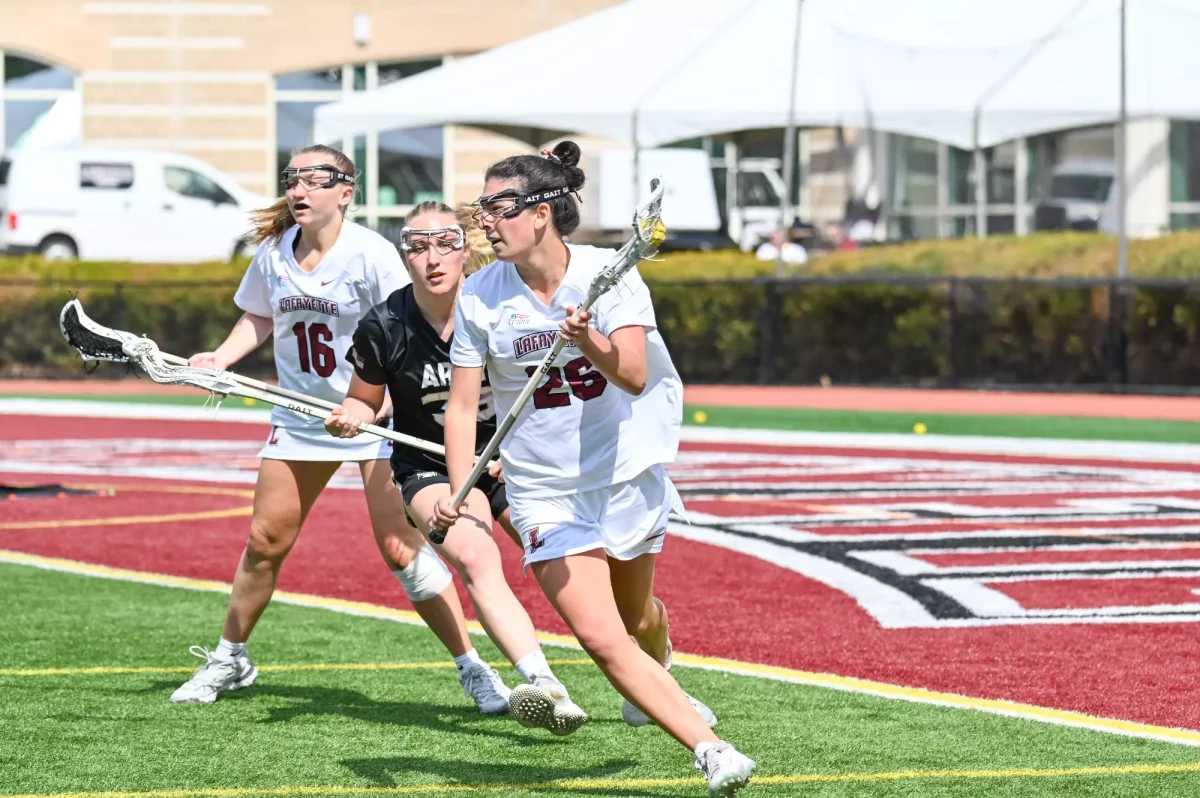The President’s House has stood on Cattell Street for over 150 years, but it hasn’t always been occupied by the college president.
Prior to 1884, most presidents lived either in their own residences in Easton or in the president’s apartment in the College Edifice, now South College. The New Jersey millionaire John I. Blair then entered the picture.
Because of his proximity to the institution and his interest in supporting education, as well as a few of his business associates having connections to the college, Blaire began donating his funds to Lafayette, including purchasing what would become the President’s House for $15,000.
After receiving the house in 1884, the college decided to rent the property to tenants for $550 a year as a way to support the college during its financial struggles.
In 1889, the house finally became a residence for the college’s presidents and their families. The seventh president, James Hall Mason Knox, moved into the house that year. It has been home to the college’s presidents every year.
Throughout the house’s history, there have been multiple renovations and the home’s decor is often updated according to each new family’s interests. For instance, during college President Alison Byerly’s tenure, the music room became a display of antique microscopes and other scientific instruments that her husband enjoyed collecting.
College President Nicole Hurd and her family have also contributed to the look and function of the house through their updates to both personal and community spaces.
“Living in the president’s house is a little bit like living in a fishbowl,” Hurd said. “And so, I think the way Bill and I have looked at it is, instead of it being a mysterious fishbowl, what would it look like if it was a more transparent fishbowl?”
Since moving into the home, the family has worked to create a community space both on the first floor and in the backyard. Students, faculty, alumni and local artists’ works are displayed on the first floor.
“We’ve been really really adamant, like, ‘That’s the community’s house,'” Hurd said.
Outside, bricks line the driveway to commemorate all of the college presidents. In the backyard, there are new benches and a new sound system. Hurd wants these spaces to be a place for community, where events can be held or where students can drop by for a little stress relief or to play with the Hurds’ three dogs.
“We’re ready to do spoken word or poetry reading, we’re ready to do some music back there,” Hurd said. “We’re interested in hosting student events, faculty events [and] staff events.”
In addition to the community space updates, the president’s house currently features a meditation room, painted the same “joyous” purple as Lavender Lane’s first floor, a garden and a composting barrel.
“I’m a big believer that so much of life is showing up,” Hurd said. “And so what I love about the president’s house is it just makes it even easier for us to show up.”
























































































































